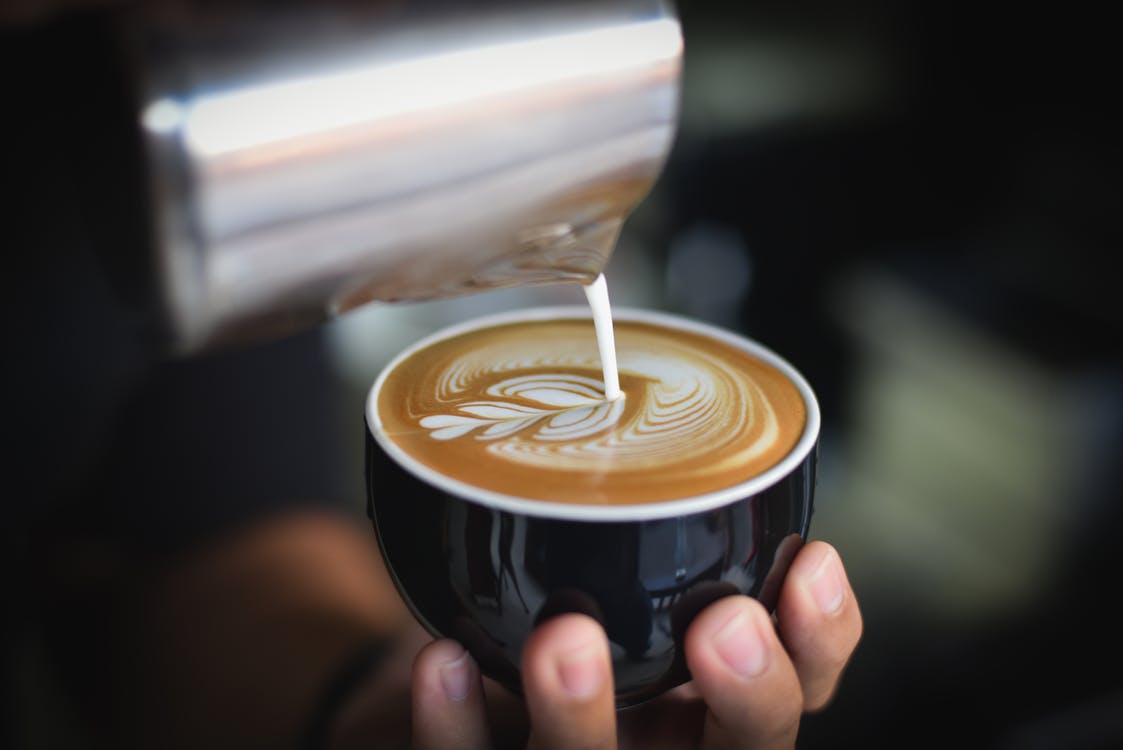What’s the Secret Behind the Supple and Delicious Taste of Espresso Coffee?

Almost all of us have already tasted and drunk different types of coffee. But most people would surely agree that espresso offers the quintessential coffee taste. Why? Because espresso is so rich and tasty. As its name connotes, it is freshly prepared and should be immediately enjoyed, and for this reason, it is aptly called espresso which means “quickly”.
Any coffee enthusiast would definitely say that espresso carries an exquisite, rich, and aromatic taste. Its top layer of crema creates a certain fullness that is hard to equal, yet this fullness is adeptly balanced by the underlying liquid. To express it succinctly, espresso is a refined combination of physics and chemistry, coupled with artistry.
Difficult to Imitate
Not many coffee lovers are capable of producing the balance and artistry of espresso, though the formula behind its creation is quite clear and patented. This is because it requires adeptness and training to achieve the high level of expertise needed to produce a true espresso. First, you need to let a jet of hot water pass through a 25 oz layer of ground coffee. This process requires enough pressure, hence you should use a highly specialized espresso brewer to achieve this. If you do it right, you can produce a concentrate of around 30 mL of pure coffee.
Mastering the Art of Espresso
The preparation of espresso, just like the preparations of other types of coffee, also follows the same patented procedures. These procedures include roasting, grinding, brewing, extracting, separating, and serving of instant coffee. Roasting readily transforms coffee beans by changing the physical and chemical properties of green coffee beans. During the roasting process, the beans expand in size and change their density and color to dark rich brown. The grinding process called “milling” makes brewing easy by reducing the roasted coffee beans into finer or smaller grains. The fineness of the pieces of ground beans has a bearing on the brewing process.
Brewing, on the other hand, involves boiling, steeping, filtration, and the use of pressure. Extraction and separation are the last two processes done before serving an instant coffee.
Same Procedures but Different Results
The making of an espresso follows the above-mentioned processes and starts with the grinding of beans. But the masterful barista calibrates the grind and craftily tamps the right amount of ground coffee into the filter. This tamping promotes an even penetration of water. He also carefully monitors the temperature, time, and pressure to create the exact balance necessary to produce a delicious espresso. The end result is a syrupy beverage consisting of equally dissolved and distributed solid components.
Characteristics of Espresso
Espresso is characterized by its thicker feel as compared to other methods of brewing coffee. It also has a higher amount of dissolved and suspended coffee particulates as compared to other types of coffee. Moreover, it is characterized by the frothy crema on top of it. Espresso has been the basis of other coffee drinks like cappuccino, caffè mocha, caffè macchiato, caffè latte, and other types of delicious coffees.
On Making Your Own Espresso
You can make your own espresso at home, and there is indeed joy in experimenting on your own. If you have the necessary machines, you can try to learn how to make pour over coffee and espresso at home. You can follow the same procedure of brewing, but make sure you let your creativity work and let your tastebuds decide on how you can make your concoction taste like real espresso.

